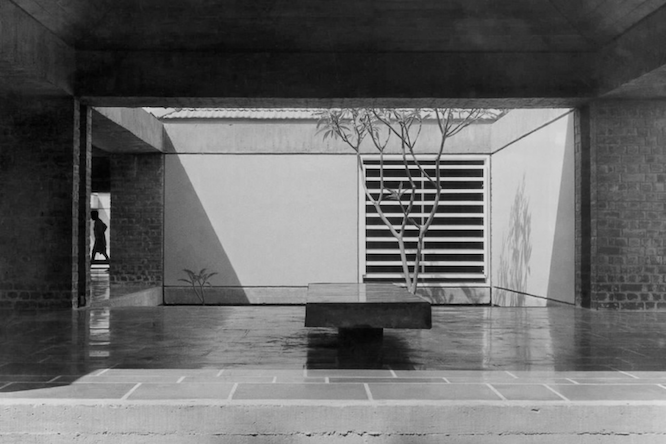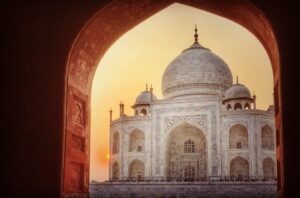In the times when modern architecture often prioritises artificial systems and new age materials, there’s a growing need to continuously go back. This is essential to revive the architectural wisdom of the past. Particularly in the Indian context, vernacular architecture offers a treasure trove of sustainable practices that can be seamlessly integrated into contemporary designs. There is a need to implementing these timeless methods with modern techniques. By doing so, we can create spaces that are not only aesthetically pleasing but also environmentally responsible and culturally resonant.
The Essence of Vernacular Architecture
Vernacular architecture refers to building styles that are designed based on local needs, materials, and traditions. In India, this encompasses a vast array of regional styles, each adapted to the specific climate, culture, and available resources. From the cool, shaded courtyards of Rajasthan’s Havelis to the stilted bamboo houses of Assam these structures have evolved so much. They meet environmental challenges long before sustainability became a global concern.
Sustainability in Vernacular Practices
One of the core principles of vernacular architecture is its inherent sustainability. These buildings utilise local materials, reducing the carbon footprint associated with transportation and manufacturing. Additionally, they are often designed to maximise natural light and ventilation, minimising the need for artificial heating and cooling systems.
For example, the traditional homes in Kerala, known for their steeply sloped roofs and large verandas. These homes are designed to cope with heavy monsoon rains while promoting airflow to keep interiors cool. Similarly, the thick mud walls and small windows of homes in the Kachchh district of Gujarat, provide insulation against the extreme heat.

Practical Applications in Modern Residences
In practice, this means designing homes that are responding to their surroundings. Open courtyards can serve as natural air conditioners, allowing heat to escape and breezes to circulate. Green roofs and walls can provide insulation and reduce urban heat islands. Using locally sourced materials supports the local economy. And also, ensures that the buildings are well-suited to the local climate.
For instance, modern homes in coastal areas might incorporate the raised platforms and airy spaces of traditional coastal homes. This helps in mitigating flooding risks and enhance cooling. In arid regions, thick walls made from local materials like adobe and rammed earth walls can provide natural insulation. This can result in a significant decrease in the temperature of interior spaces.
Merging Vernacular Knowledge with Contemporary Architecture
Today, all the designers are increasingly taking inspiration from these vernacular principles to create modern homes that are both functional and sustainable. By incorporating elements such as courtyards, verandas, and natural ventilation systems, we can reduce dependency on artificial climate control and enhancing the living experiences.
Here, I’d like to highlight what Charles Correa has openly emphasised, the importance of designing buildings that respond to the local environment. He often referred his essay “The blessings of the sky” as a guiding principle. Correa believed that architecture should harness natural elements like sunlight and wind, rather than relying solely on mechanical solutions.
“In India, the sky has profoundly affected our relationship to built-form, and to open space. For in a warm climate, the best place to be in the late evenings and in the early mornings, is outdoors, under the open sky”
By Charles Correa
“Throughout human history, the sky has earned a profound and sacred meaning. Man intuitively perceived it as the abode of the Supernatural. Hence to climb a path to the top of the hill, where the Gods dwell, is a paradigm of such mythic power that it has been central to the beliefs of almost every society, since the beginning of time.”
From “The Blessings of the Sky” (an essay)
With this said, reviving the architectural heritage of India’s vernacular traditions in today’s modern world is more than a nostalgic nod to the past. It’s a pragmatic approach to sustainability and climatic adaptability. By adapting to these age-old practices and blending them with contemporary design, we can design spaces that can respect our cultural heritage. And thus leading us towards a more sustainable future.




